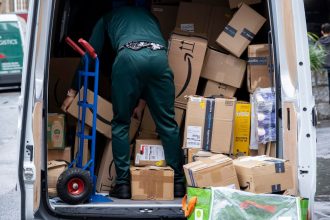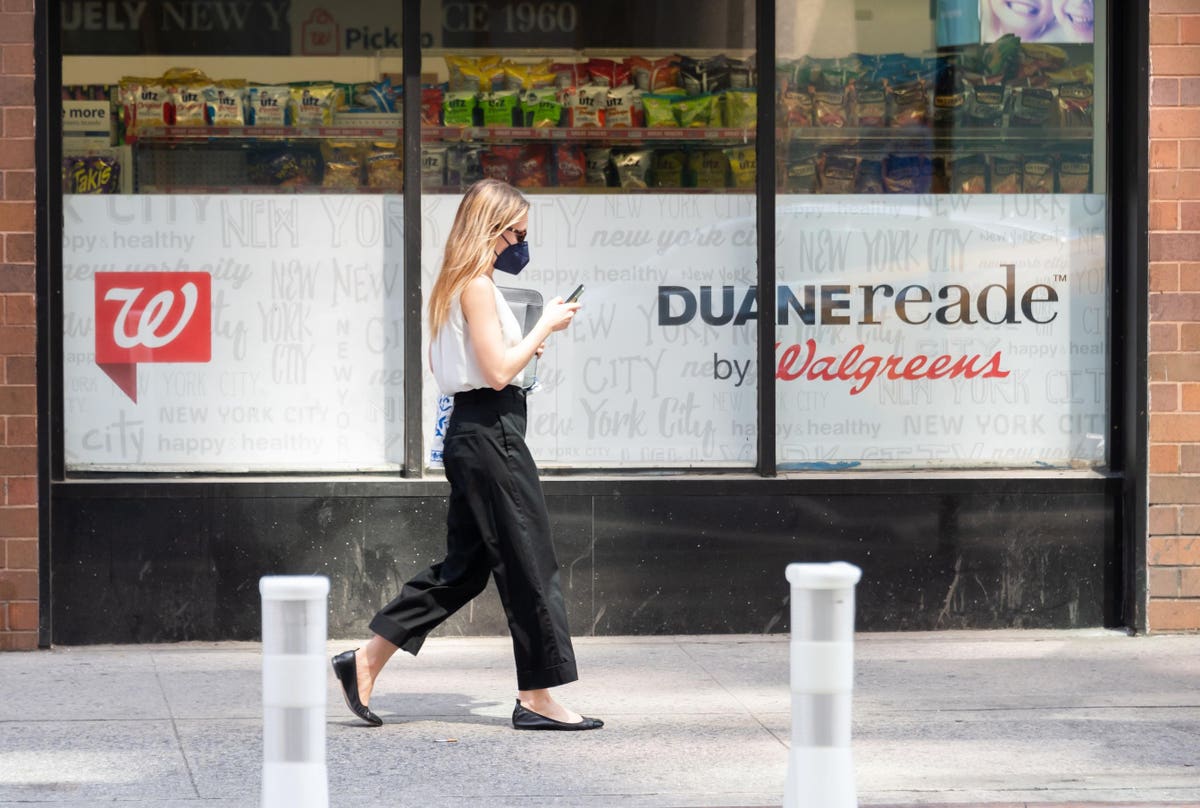Are you positive that Covid-19 cases are on the upswing this Summer? With the lack of an accurate and reliable national Covid-19 surveillance system, it may be hard to tell what the heck is really happening with the severe acute respiratory syndrome coronavirus 2 (SARS-CoV-2) in the U.S. But there are several indications that yet another Covid-19 surge may potentially be happening, including one indicator from the Walgreens Covid-19 Index website. This website shows the percentage of Covid-19 tests performed at Walgreens locations each week that have turned out to be positive. And that’s been trending upwards since hovering around 20% in April 2023. This week it’s at 44.7%, which is up 3.4% from 41.3% the week prior. In fact, this is the highest positivity rate since Walgreens began posting such data in May 2021. That’s not a very positive finding, assuming that you don’t like getting sick and risking all the badness that comes with long Covid and other possible Covid-19 complications. Yeah, increasing positivity is not always a good thing, no matter what a life coach may tell you.
The percentage of tests performed that come back positive is a rough measure of how prevalent the virus may be in the community. That’s why in early 2021 Walgreens coordinated with lab testing company Aegis Sciences to develop a tool that tracks such test positivity rates from Walgreens 5,000 or so retail locations. Unless you are the virus, you want this test positivity rate number to be as low as possible. Looking at the graph of this measure on the Walgreen’s website shows that this number started off at 9.8% on May 7, 2021, and dropped to 3.1% the following month before coronavirus-ing up to 17.1% in mid-August corresponding to the the Summer 2021 Delta variant-fueled surge. This dropped back to 10.1% in late October 2021 as the Delta variant-fueled surge subsided.
But then came the Fall 2021 and Winter 2021-2022 Omicron-fueled surge with the test positivity rate peaking again in the latter half of January 2022, this time even higher surpassing 37%. It was Omicron OMG for a while until Covid-19 cases fell in February. This was matched by a march in test positivity rates down to a low of below 4% in mid-March 2022.
Since then, the test positivity curve has gone up and down along with the subsequent Summer 2022 and Winter 2022-2023 Covid -19 surges. This brings us to what’s been happening since late May, early June of this year—a steady rise upwards beyond all previous test positivity levels.
Now, as is the case with a Barbie doll, take whatever specific measurements you see with a grain of salt. The number of people getting tested at Walgreens locations has dropped like a Ken doll made out of lead. Throughout all of 2021 and much of 2022, the number of tests per week were totaling in the multiple hundreds of thousands. These tallies dipped below 100,000 for the first time in September 2022 and have steadily declined in numbers since then to the point where only 2,286 tests were done last week. This is probably because most people are either testing at home or— surprise, surprise—not testing at all even when they suspect that they may have Covid-19. Yeah, that’s what tends to happen when something is no longer required. Plus, it isn’t clear how many locations are still offering onsite Covid-19 testing these days. So, it might be that nowadays people will only get tested at Walgreens if they already have a higher likelihood of having Covid-19.
Nevertheless, the shape of the Walgreens test positivity curve could still show the shape of things to come. A rise over the past several weeks among a smaller sample is still a rise. Moreover, this isn’t the only indication that the U.S. may be in the midst of a not-so-swell Summer swell in Covid-19 cases. As I reported for Forbes on August 6, the number of Covid-19 hospitalizations and the presence of the SARS-CoV-2 in wastewater around the country have been on the rise in recent weeks as well. So while each of these measures is very flawed in different ways, they are all going the same direction—the wrong direction, again assuming that getting long Covid is not on your bucket list. In combination, they suggest that a Summer Covid-19 upswing has already been happening with an emphasis on the words “has already been happening.”
Yeah, it’s been over three years since that Covid-19 pandemic thing was declared, and the U.S. still doesn’t have a proactive Covid-19 surveillance system in place. These days social media companies can track practically every you make, every step you take, and in some cases every breath you take. Heck they can even anticipate your moves such as YouTube conveniently presenting you with videos of animals farting after you’ve searched for cat videos and fart videos separately.
But by contrast, currently available measures of SARS-Cov-2 spread and activity are very rough, indirect and flawed and can only tell you about a Covid-19 surge after it’s already happening or in some cases already happened. That’s a bit like being told by your marriage counselor, “I think your relationship may be hitting some bumps,” when the divorce papers have already arrived. This has resulted in Covid-19 policies and interventions being very reactive as in, “Oops, let’s quickly do something that’s too late,” rather than proactive. For example, face mask use may be able to help prevent outbreaks and surges before they occur. But they can’t turn back time. Throwing on a face mask only after a surge is occurring is kind of like putting on a suit or a more business-oriented dress while you are in the middle of a job interview. The lack of proper surveillance has made it difficult to enact more proactive, targeted, and thus more effective Covid-19 policies and interventions.
And there’s even less available information about Covid-19 activity now compared to a year or two ago with many states pulling back on their Covid-19 reporting requirements in 2023. Even though many political leaders are acting as if Covid-19 has gone away, it really hasn’t. The virus is still around and spreading. Even though hospitalizations and deaths from Covid-19 have gone down, they are still at levels significantly higher than those of other respiratory viruses such as influenza. Plus, there’s the very real threat of getting long Covid. Yet, it’s not clear right now what the national plan is when it comes to monitoring Covid-19 activity going forward. You can’t be very positive about what political leaders are going to do if and when Covid-19 surges occur in the future.
Read the full article here





